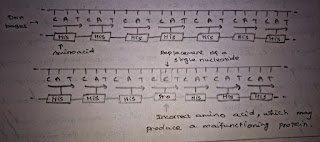CONSTITUTES OF FOOD;
To get the knowledge about constituents of food & properties with is central to food science.
Food is a substance consumed to provide nutrition support for an organism.
It is usually plant / animal origin.
The substance is assimilated by the organism is provided a energy and stimulated growth.
2 types;
Major : carbohydrate , proteins , Fat (lipids)
Minor : vitamins , minerals
Some inorganic and mineral compound and different group of organic substance in small preparation.
e.g , Emulsifier,acid,oxidase, pigments, Flavors, Antioxidant.
Water is a next constituents. Whish is present in 60℅ in human body.
The composition of the food the compounds organized. Give a food in diurnal characteristic the food.
To get the knowledge about constituents of food & properties with is central to food science.
Food is a substance consumed to provide nutrition support for an organism.
It is usually plant / animal origin.
The substance is assimilated by the organism is provided a energy and stimulated growth.
2 types;
Major : carbohydrate , proteins , Fat (lipids)
Minor : vitamins , minerals
Some inorganic and mineral compound and different group of organic substance in small preparation.
e.g , Emulsifier,acid,oxidase, pigments, Flavors, Antioxidant.
Water is a next constituents. Whish is present in 60℅ in human body.
The composition of the food the compounds organized. Give a food in diurnal characteristic the food.














